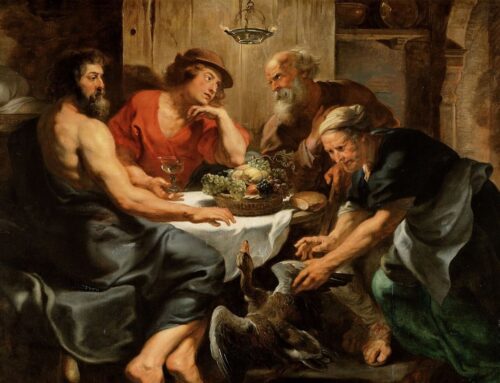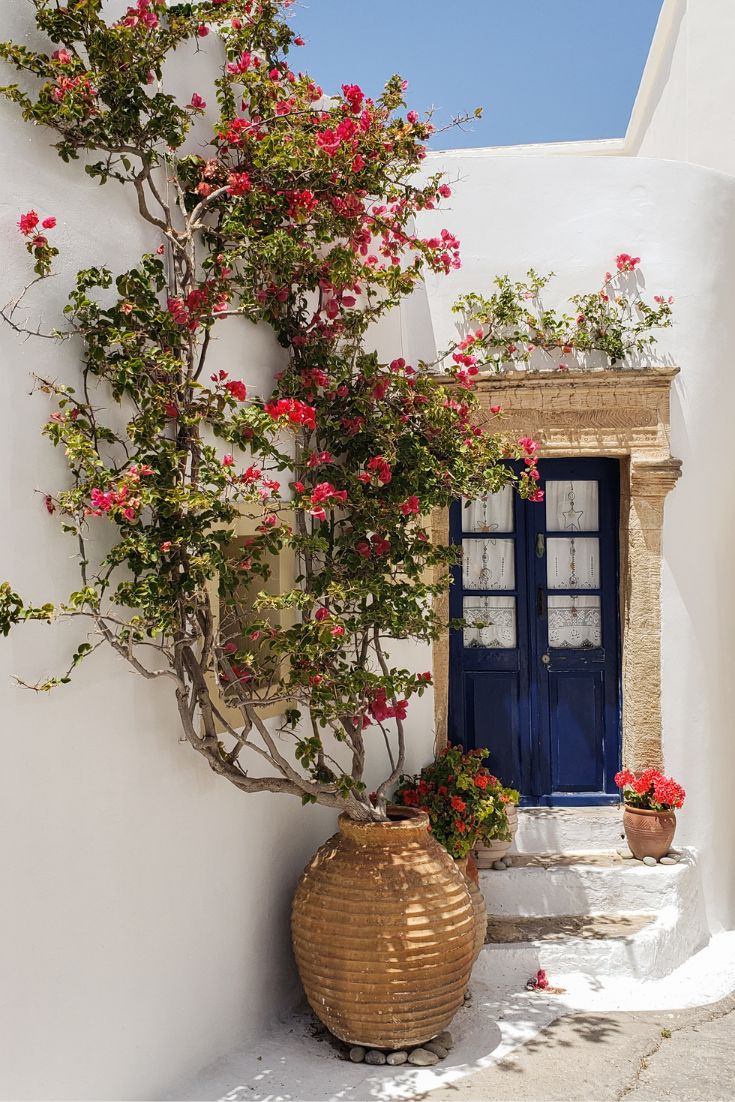The Ultimate Guide To The Olympian Gods – Download Your Free Greek Gods Chart
The Ultimate Guide To The Olympian Gods – Download Your Free Greek Gods Chart

☞ Table of Contents:
☞ Download Guide Here: The Ultimate Guide To The Olympian Gods
The twelve Olympian ‘Gods’ of Mount Olympus were the rulers of the earth after Zeus defeated the Titans in the Titan War. All of the Greek gods were descendants of Uranus (Sky) and Gaia (Earth). Together Uranus and Gaia had Cronus and Rhea (Titans).
Cronus and Rhea had 6 children together, Zeus, Hera, Demeter, Poseidon, Hades and Hestia (note that Hades and Hestia were not Olympians). Four of these children Zeus, Hera, Demeter and Poseidon became the first generation of Olympian gods.
Aphrodite was also a first generation Olympian, however she was born from Uranus (you’ll find out her story below).
Seven of Zeus and Hera’s children (both together and separately) became the second generation of Olympians.
Unlike other gods that are all knowing and the pinnacle of human perfection, the Greek gods were a representation of humanity at its best and at its worst.
While the gods relationships and history is a complex web of love, disagreements, betrayal, violence and affairs is confusing to say the least, this ultimate guide will give you all the clarification you need.
Be sure to download the Greek gods chart below before you proceed as it will help you on this fascinating process of discovery, uncovering the intricacies of Greek mythology.
The family tree pictured above is a great visual representation of these relationships. Note that the tree shows only the 12 Olympians. You can take away your own copy of the family tree when you download the Greek gods chart.
☞ Related: 5 Olympian ‘Gods’ And Their Greek Island
Zeus
Zeus, king of the gods, was the most powerful of all the those in Greek mythology. Son of Cronus and Rhea, he defeated his father Cronus and released his siblings from his belly.
He was often called the god of lightning and thunder because he controlled the weather but was also known for being the god of justice. He is often depicted with a lightning bolt or a sceptre.
While he married his sister Hera, he was also known to be a prolific adulterer, bearing children with both other goddesses and mortals.The Greek gods chart shows Zeus’s Olympian children, but there were many, many more.
One of the most important statues of Zeus can be seen at the National Archaeological museum in Athens.
☞ Related: National Archaeological Museum
Hera
Queen of the Greek gods, and wife of Zeus, Hera was the goddess of marriage and family. She was also the daughter of Rhea and Cronus.
Yes, Zeus did marry his sister (refer to your Greek gods chart and the family tree).
Having such an unfaithful husband, she developed a habit for vengeance. Many of the myths involving Hera spoke of her taking some sort of revenge on one of Zeus’s lovers or his illegitimate children. Unlike Zeus, she remained loyal to her husband she represented fidelity and the ‘ideal woman’.
She was often depicted wearing a crown or holding a sceptre. She was also associated with a pomegranate, a symbol of fertility.
☞ Related: The Women Rulers Of Ancient Greece We Need To Remember
Poseidon
Poseidon was the god of the sea, like Zeus and Hera he was also the son of Cronus and Rhea.
Much like the sea he often had a stormy disposition and was capable of great destruction, being also the god of earthquakes, flood and drought. But he was also considered to be the protector of sailors.
He was depicted as a dark bearded man usually holding a trident, although he was associated with other symbols such as dolphins and horses.
Dionysus
Dionysus was a favourite amongst the Greek people. Why? Well he was the god of wine of course. He stood for rebellion, ecstasy, frenzy and sexual madness. A loveable and relatable rebel if there ever was one.
He was the son of Zeus and Semele, the Greek princess of Thebes. Unfortunately, Semele was another victim of Hera’s jealously. Hera convinced the pregnant Semele to ask Zeus to show himself to her in his true form but being a mere mortal when he revealed himself to her she died. Zeus took the unborn Dionysus and reared him in his thigh.
Dionysus was usually depicted as a beardless, attractive and androgynous looking young man, often with a cup of wine in hand. He was also associated with vines and grapes.
☞ Related: Get To Know The Best Wines Of Greece From Your Computer Screen
Demeter
Demeter was the goddess of agriculture and harvest and the daughter of Cronus and Rhea.
She was the goddess of cultivation and without her nothing would be able to grow.
She was often depicted as a mature woman often wearing a crown, holding grain or with her daughter Persephone, who she had with Zeus. Symbols also included the cornucopia (horn of plenty).
☞ Related: The Women Rulers Of Ancient Greece We Need To Remember
Aphrodite
Aphrodite was actually the first of the Olympian gods. She was the goddess of love and beauty and her entrance into the world is one you’re unlikely to forget.
As seen on the Greek gods chart she is not descended from Cronus and Rhea like the other first generation Olympians. When Cronus defeated Uranus and threw his genitals into the sea, the mixture of Aegean foam and sperm formed Aphrodite!
She is often depicted as a gorgeous woman, often unclothed and seen with symbols such as an apple, scallop shell or a dove.
Ares
Ares was the god of war and the son of Zeus and Hera.
While he was not particularly popular, among the other Greek gods, and the Greek people he was worshiped more in the north of Greece, especially by the Spartans. Unlike his half-sister Athena, the goddess of warfare, he was not respected and admired mainly due to his thirst for violence and blood lust.
He was however courageous and good looking, which of course helped him win over the goddess of love and beauty, Aphrodite. They had a long running affair.
He was primarily depicted in full armour, with a helmet and shield.
Athena
Athena was the goddess of warfare and wisdom. Daughter of Zeus and the titan Metis, her birth has a rather unusual story. Zeus was told that if he had a son, that son would go on to take his throne. So, to prevent this from happening he consumed his pregnant wife! But after suffering with crippling headaches he did what any god would do. He asked Hephaestus for help … by splitting his head open with an axe. Out from his head sprung a fully grown Athena, adorned for battle.
Like at her birth she was often depicted wearing a helmet and holding a shield and a spear. Other symbols associated with her were an olive tree and an owl representing wisdom.
She was also the patron Goddess of Athens and the reason Athens got its name. In competition with Poseidon she offered the gift of an olive tree. The Temple of Athena Nike can be seen atop the Acropolis.
☞ Related: Is The Agora In Athens Better Than The Acropolis?
Apollo
Apollo was the god of music, prophecy and archery. He was the son of Zeus and Leto and had a twin sister Artemis.
He was one of the most widely worshiped of all the Greek gods.
He was depicted as a young beardless man, often with a lyre or a bow, but Apollo was also associated with a laurel tree. He was madly in love with the nymph Daphne but wanting to remain a virgin Daphne denied all his approaches and was eventually turned into a laurel tree so she could avoid him forever.
The Sanctuary of Apollo and the legend of the oracle can be visited in Delphi.
☞ Related: The Best Authentic Greek Restaurants In The Delphi Area
Artemis
Artemis was the goddess of hunting, nature and chastity. She was the daughter of Zeus and Leto, and the twin sister of Apollo. Together they were born on the Greek island of Delos as this was the only place they could hide from the scorn of Hera.
When she was young, she asked her father, Zeus, if she could remain a virgin for eternity and he granted her wish. Despite this she was also the god of childbirth and protector of women.
As the goddess of hunting she was often depicted with a bow or with wild animals such as a deer.
Hermes
Hermes was the messenger to the gods and the god of travel and trade. He was the son of Zeus and the nymph Maia.
Hermes was known to be quite mischievous. When he was still just an infant, he played a trick on his brother Apollo by stealing his heard of cattle, putting shoes on them to reverse their tracks making them impossible to find. Because of this he was also the god of thieves and patron of shepherds
He was depicted wearing a hat, a pair of winged sandals or helmet and sometimes with a sheep on one shoulder.
Hephaestus
Hephaestus was the god of fire and craftsmanship. As you’ll see on the Greek gods chart he was the son of Hera, and only Hera as she conceived him on her own. He is unique in that he was the only god with a disability (a lame foot). Because of this characteristic he also represented outcasts and undesirables.
However, when he was born Hera was so repulsed by his deformities that she threw him off Mount Olympus.
Hephaestus married Aphrodite, the goddess of love and beauty, not bad for the ‘ugly god’. But unfortunately, it was not a happy marriage and Aphrodite had an affair with the god of war, Ares.
He was almost always depicted as an unkept bearded man with a hammer and an anvil.
The temple of Hephaestus can be seen at the Agora in Athens, it is one of the most complete temples in all of Greece.
☞ Related: 10 Most Important Ancient Sites In Athens You Should Not Miss
- Did our Greek gods chart help you understand the relationships between the 12 Olympians?
*Disclaimer: This page includes affiliate links. If you decide to book something through one of them, I might get a little bonus, but it won't cost you anything extra.*
















